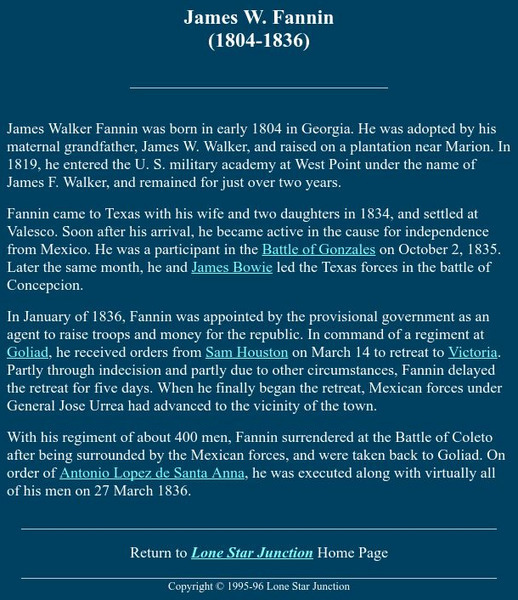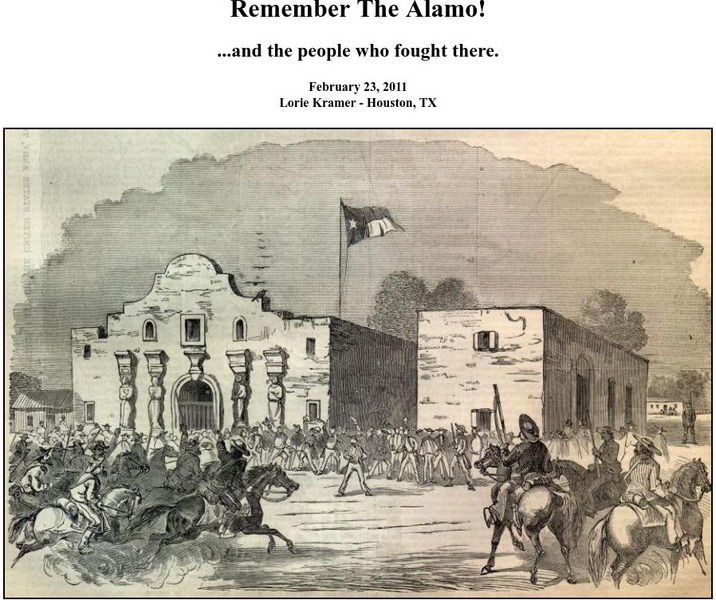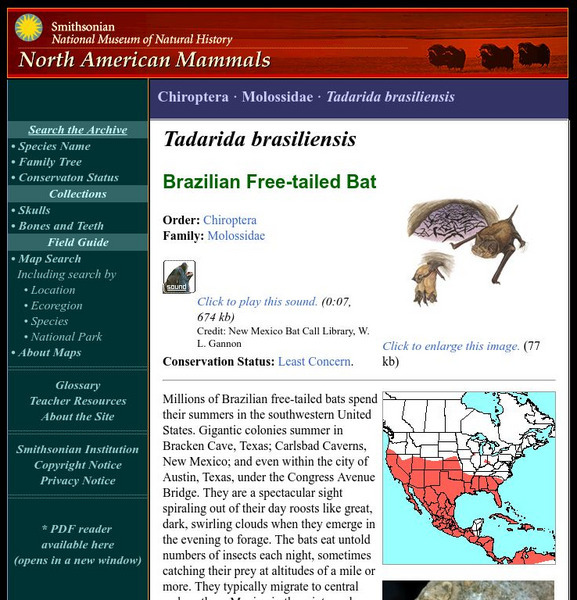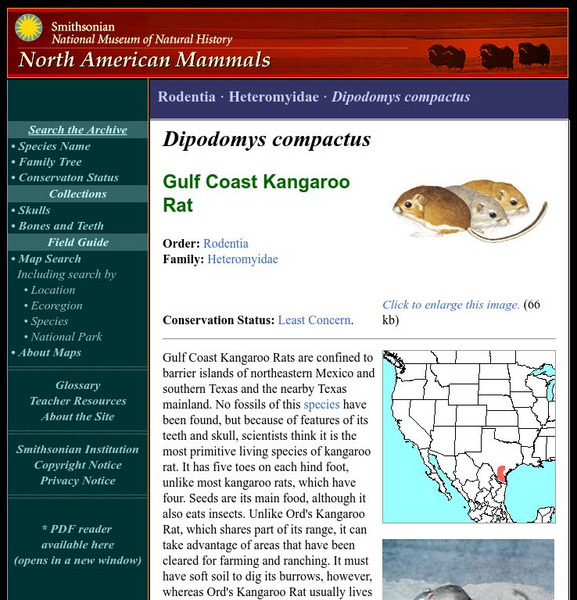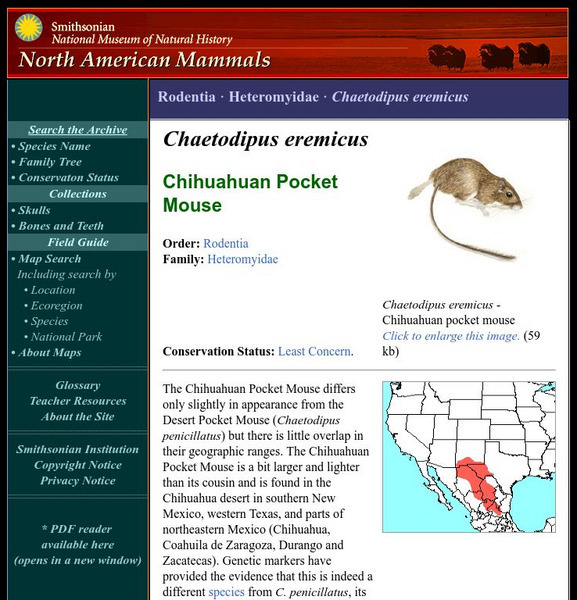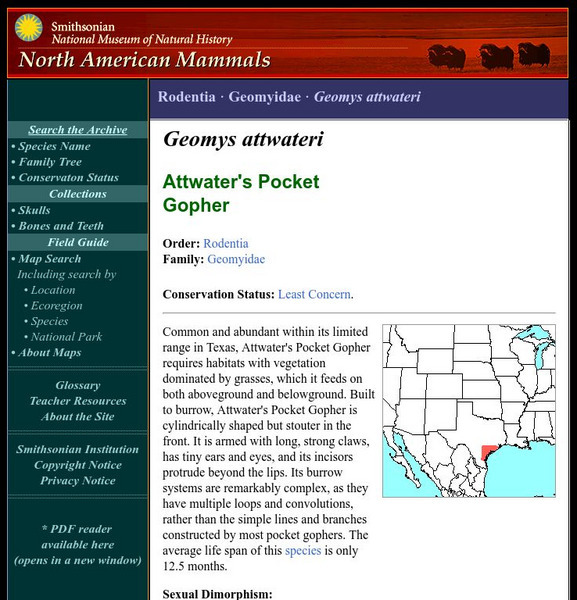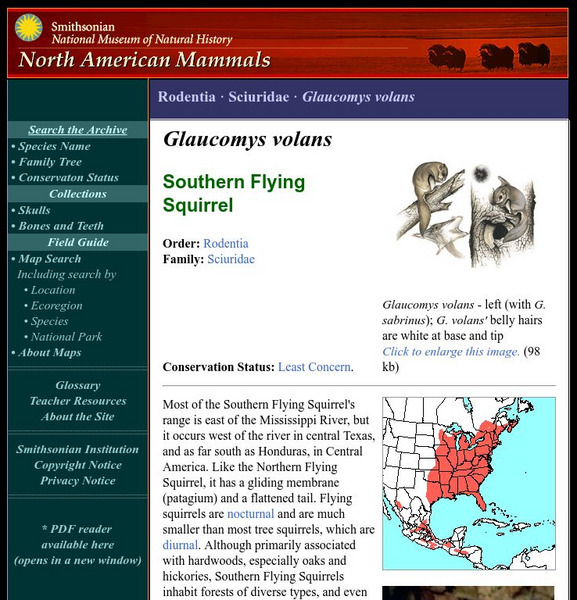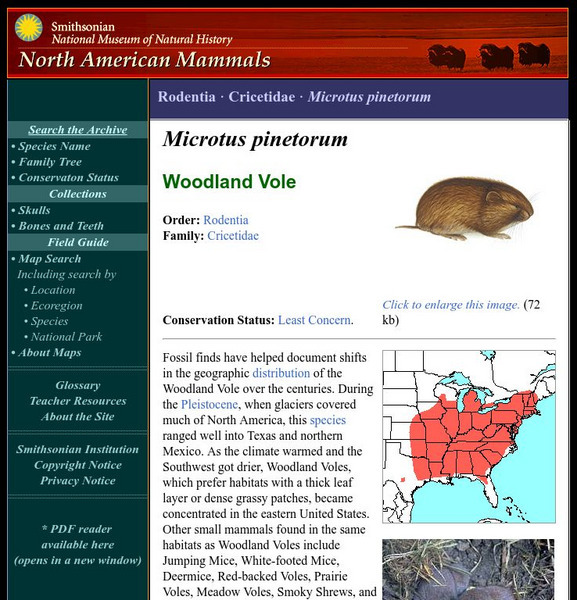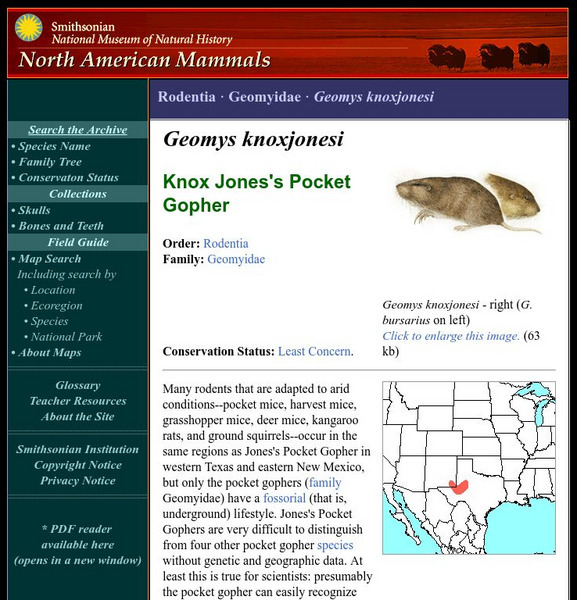Bullock Texas State History Museum
Bullock Museum: Chapter Eight: Civil War to Centennial [Pdf]
A teacher guide designed to support a visit to the Bullock Museum, but can be used on its own using available resources. Includes information, discussion questions, activities, and worksheets. This module looks at Texas from the time of...
Bullock Texas State History Museum
Bullock Museum: Chapter Six: The Road to Independence [Pdf]
A teacher guide designed to support a visit to the Bullock Museum, but can be used on its own using available resources. Includes information, discussion questions, activities, and worksheets. The module looks at Texas in 1835-1836,...
Lone Star Junction
Lone Star Junction: First Flight in Texas
Describes the earliest efforts of Texans to fly airplanes.
Lone Star Junction
Lone Star Junction: James W. Fannin (1804 1836)
A brief biography of James W. Fannin that describes the role he played in the struggle for the independence of Texas, and his tragic end at Goliad in 1836.
Lone Star Junction
Lone Star Junction: Francis R. Lubbock (1815 1905)
A short biography of Francis Lubbock, who served a term as Governor of Texas, and later as State Treasurer.
Lone Star Junction
Lone Star Junction: Thomas Green (1814 1864)
A short biography of Thomas Green, who was active in politics and in the military in Texas.
Other
Remember the Alamo! And the People Who Fought There
Lists the names of all the defenders of the Alamo, and points out that the group represented a cross-section of the people of Texas.
Curated OER
The Six Flags of Texas
Looking for Texas history? Texas parks? Texas city information? Texas government? Texas universities? Find a ready resource here with links to all kinds of basic information on the Lone Star State.
Smithsonian Institution
National Museum of Natural History: American Mammals: Brazilian Free Tailed Bat
Millions of Brazilian free-tailed bats spend their summers in the southwestern United States. Gigantic colonies summer in Bracken Cave, Texas; Carlsbad Caverns, New Mexico; and even within the city of Austin, Texas, under the Congress...
Smithsonian Institution
National Museum of Natural History: American Mammals: Baird's Pocket Gopher
Baird's Pocket Gopher is also known as the Louisiana Pocket Gopher, though most of what is known about its ecology has come from studies of the species near College Station, Texas, and it occurs in Oklahoma and Arkansas as well as in...
Smithsonian Institution
National Museum of Natural History: American Mammals: Gulf Coast Kangaroo Rat
Gulf Coast Kangaroo Rats are confined to barrier islands of northeastern Mexico and southern Texas and the nearby Texas mainland. No fossils of this species have been found, but because of features of its teeth and skull, scientists...
Smithsonian Institution
National Museum of Natural History: American Mammals: Chihuahuan Pocket Mouse
The Chihuahuan Pocket Mouse differs only slightly in appearance from the Desert Pocket Mouse (Chaetodipus penicillatus) but there is little overlap in their geographic ranges. The Chihuahuan Pocket Mouse is a bit larger and lighter than...
Smithsonian Institution
National Museum of Natural History: American Mammals: Attwater's Pocket Gopher
Common and abundant within its limited range in Texas, Attwater's Pocket Gopher requires habitats with vegetation dominated by grasses, which it feeds on both aboveground and belowground. Built to burrow, Attwater's Pocket Gopher is...
Smithsonian Institution
National Museum of Natural History: American Mammals: Southern Flying Squirrel
Most of the Southern Flying Squirrel's range is east of the Mississippi River, but it occurs west of the river in central Texas, and as far south as Honduras, in Central America. Like the Northern Flying Squirrel, it has a gliding...
Smithsonian Institution
National Museum of Natural History: American Mammals: Ocelot
Ocelots occur in a wide range of habitats, from rainforest to savanna to dry, scrubby terrain, at mid- to low elevations from Texas and Arizona to northern Argentina. They are feed on small mammals, and also frequently include birds,...
Smithsonian Institution
National Museum of Natural History: American Mammals: Mexican Long Nosed Bat
The Mexican long-nosed bat feeds mainly on the nectar and pollen of agaves, and is found in Texas in June and July when the plants are in bloom there. Then it migrates southward into Mexico, where it lives in pine-oak forests and...
Smithsonian Institution
National Museum of Natural History: American Mammals: White Ankled Mouse
The White-ankled Mouse is common in rocky areas in both dry and humid regions on the Central Plateau of Mexico and in west and central Texas, southern New Mexico, and Oklahoma. It clearly prefers rocky situations, whether it lives in...
Smithsonian Institution
National Museum of Natural History: American Mammals: Northern Rock Deermouse
Northern Rock Deermice live in rocky outcrops and among boulders in pinyon-juniper-oak woodlands in the foothills of mountains from Colorado and New Mexico south to Texas and northern Mexico. Populations of the Mice are separated from...
Smithsonian Institution
National Museum of Natural History: American Mammals: Woodland Vole
Fossil finds have helped document shifts in the geographic distribution of the Woodland Vole over the centuries. During the Pleistocene, when glaciers covered much of North America, this species ranged well into Texas and northern...
Smithsonian Institution
National Museum of Natural History: American Mammals: Southeastern Myotis
The southeastern myotis occurs as far west as northeastern Texas and southwestern Oklahoma. Its preferred daytime roosts are caves with pools of water. Learn more about the Myotis austroriparius, more commonly known as a Southeastern...
Smithsonian Institution
National Museum of Natural History: American Mammals: Nelson's Pocket Mouse
Nelson's Pocket Mice live in the Chihuahuan Desert of north-central Mexico and adjacent parts of western Texas and southern New Mexico. They are found mostly in rocky areas where there are some shrubs to provide cover. Learn more about...
Smithsonian Institution
National Museum of Natural History: American Mammals: Nine Banded Armadillo
The tank-like Nine-banded Armadillo's range has greatly expanded northward in the last 100 years. In the mid-1800s it was found only as far north as southern Texas; by the 1970s it lived in Oklahoma, Kansas, Missouri, and Tennessee; now...
Smithsonian Institution
National Museum of Natural History: American Mammals: Jones's Pocket Gopher
Many rodents that are adapted to arid conditions--pocket mice, harvest mice, grasshopper mice, deer mice, kangaroo rats, and ground squirrels--occur in the same regions as Jones's Pocket Gopher in western Texas and eastern New Mexico,...
Other popular searches
- Texas History
- Texas State History
- Military History Texas
- 4th Grade History Texas
- Women History Texas
- 7th Grade Texas History
- History Texas Flags
- Elementary Texas History
- East Texas History
- Texas History Projects
- Texas History Units
- Art History Timeline Texas
![Bullock Museum: Chapter Eight: Civil War to Centennial [Pdf] Unit Plan Bullock Museum: Chapter Eight: Civil War to Centennial [Pdf] Unit Plan](https://d15y2dacu3jp90.cloudfront.net/images/attachment_defaults/resource/large/FPO-knovation.png)


